Welcome to the Dance Studio stop of the Black History Here & Now Virtual Tour, where we will learn about Black Canadians in dance.

In spaces like this one, Black dancers continue to hone their craft in dance forms such as ballet, modern, afro dance, jazz, hip hop and so much more.
The history of dance within Canada’s Black population has been largely unknown and under-documented, but a groundbreaking archival exhibition launched in 2018 has made it easier than ever to delve into the topic. 'It’s About Time: Dancing Black in Canada 1900-1970 and Now' was developed by Seika Boye, an assistant professor at the University of Toronto, and aims to “bring to life the unrecorded dance histories of Canada’s Black population from 1900-1970.”
Boye, the artist and educator behind the curation of the exhibit, notes that when we look into “where Black people dancing in Canada before 1970?” we are asking “where was it legal to dance? Where was it safe to dance? Where was it fun to dance? Where were Black people free to dance as they wanted?”
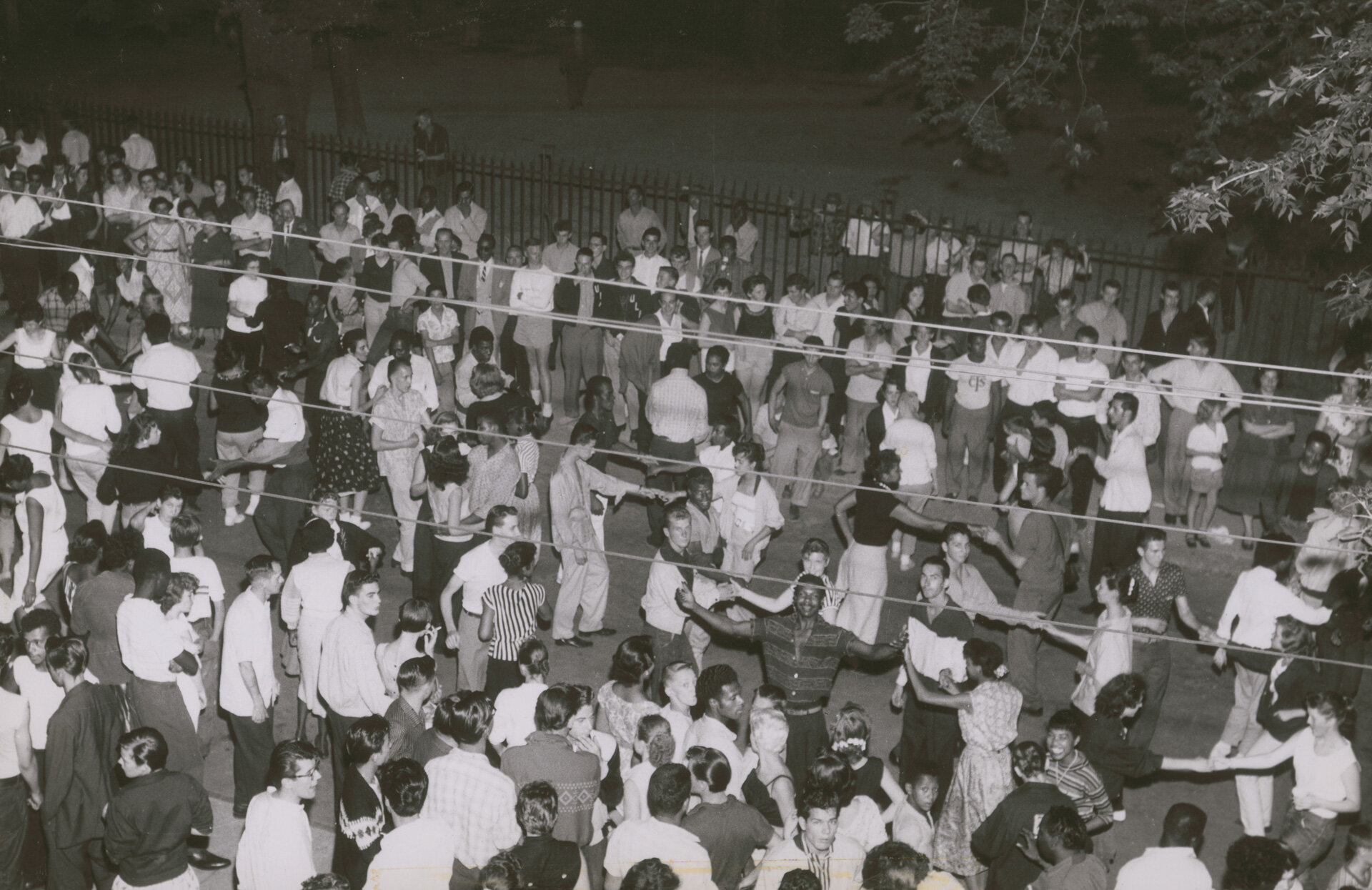
Dancing was never a neutral activity in Canada. As far back as 1785, the Canadian government tried to use legislation to prohibit Black citizens from “’frolicking’, dancing and gambling. In the 1900s, the government moved away from outright bans but chose not to punish racist actions by individuals or institutions who refused people access or participation in leisure activities based on their race, creed, class, or religion.
The lack of protective legislation impacted where people could dance socially; restaurants, bars, dance halls and clubs would often have signs stating that no “Negroes or Jews” were allowed. As laws changed and it became illegal to openly discriminate, different tactics would be implemented to deny racialized people access, from being refused entry to venues to banning specific dance forms that were popular in Black communities. Eventually, protests against discrimination by dance venues became more frequent in the 1950s and ’60s and governments were forced to respond.
By mid-century, many dances were integrated racially but while this was accepted on the dancefloor, it did not reflect attitudes held by society at large.
Attempting to prevent people of different racialized backgrounds from dancing together was indicative of the Canadian nation state's fear of miscegenation. The state tried to control the demographics of future populations and create its ideal citizenry—one that was predominantly White, educated and middle class.
Through it all, Black Canadians continued to express themselves through dance, in social and professional settings. Understanding their experiences helps us see how the legacy of systemic racism has influenced the representation and value of Black dancers and people—and challenge those depictions.
Black Canadian Ballroom History
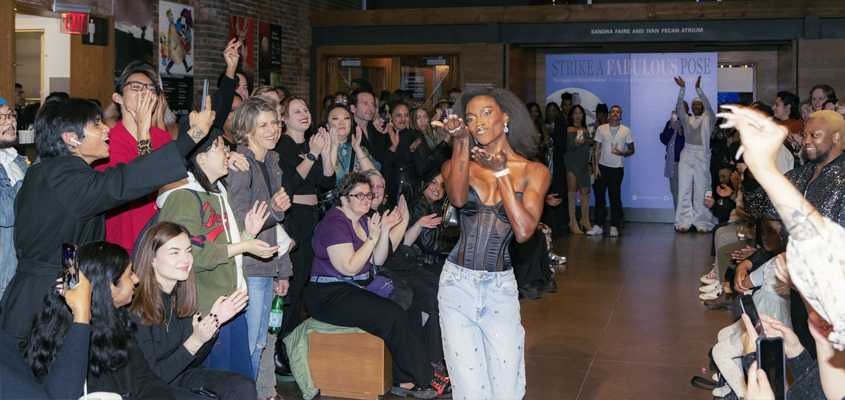
Ballroom, a subculture accompanied by a unique form of dance called vogue, has its roots in queer communities of colour. From television to music, to language and fashion, the influence of ballroom on popular culture is long and strong.
Although ballroom originated in the New York City underground, Canada has a strong and flourishing ballroom scene, with Toronto at the epicenter. In 2022, Toronto hosted the largest Ball in Canadian history—a monumental milestone for the culture.
Looking to experience the ballroom scene? Join Sport and Rec @ U of T on February 10, 2024 for the 6th annual Black Excellence Kiki Ball. The event is free and will be held at the Goldring Centre for High Performance Sport.
While the Canadian ballroom scene is still in its infancy, the scene has many Black and queer iconic trailblazers to thank, including Sevyn, the First Mother of Canadian ballroom and the founders of the Toronto Kiki Ballroom Alliance, Legendary Mother Vixen Santa Evita and Legendary Twysted Siriano Miyake-Mugler.
Below, we highlight some of the Black dance artists that have helped shape Canadian dance history.
Dancer Spotlight
OLA SKANKS
Ola Skanks was a ground-breaking dance and fashion design artist who combined modern, Western art forms with traditional dances of the Africa diaspora. Skanks was born in 1926 in Toronto to parents who had immigrated from St. Lucia and Barbados in 1918. She taught herself to tap dance at a young age by emulating popular tap routines she saw at the movies. Later, she’d perform professionally at venues and events around Toronto, including the Elks’ Club and Home Service Association events in the 1940s.
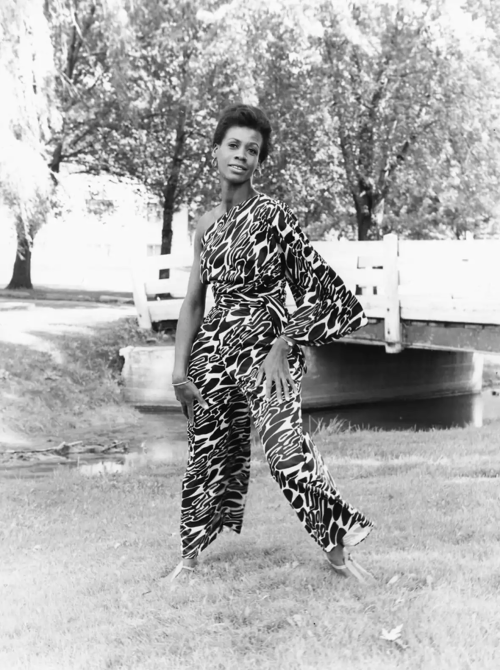
After giving birth to four daughters, Skanks returned to dancing and trained in the Western interpretative dance forms with Willy Blok Hanson. Inspired to learn more about African art, dance, and her heritage, she reached out to universities in Ghana and Nigeria to connect with students on exchange at the University of Toronto in the 1950s and in this way, learned traditional dances that she incorporated into her repertoire.
Skanks worked to merge western interpretative dance forms and dances of the African diaspora in her choreographic work, teaching and fashion design. She performed, taught and choreographed extensively in Toronto and the US for stage and television, including CBC, Mariposa Folk Festival, Caribana and the San Diego Museum of Art.
In 2017, Skanks was one of ten notable dance pioneers inducted into the Dance Collection Danse Encore! Dance Hall of Fame.
JOHN ALLEYNE

John Alleyne is a renowned choreographer and ballet company director. Born in 1960, in Bridgetown, Barbados and raised in rural Québec from the age of 4, Alleyne's journey in the world of dance began at the National Ballet School in Toronto when he was just 11.
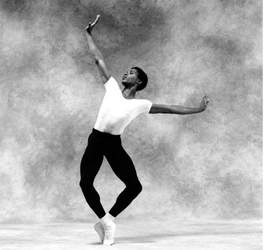
After graduating in 1978, he joined the Stuttgart Ballet in Germany, gaining acclaim for his elastic grace and spirited dance during his six-year tenure.
While in Stuttgart, Alleyne started experimenting with choreography, but it wasn't until his return to Toronto in 1984 as a soloist with the National Ballet of Canada that he dedicated himself to developing his creative talents. His artistic influence expanded when he became the resident choreographer at the National Ballet of Canada in 1990.
Alleyne's accomplishments include being the only Canadian commissioned for the New York City Ballet's Diamond Project in 1992 and participating in the second NYCB Diamond Project in 1994. He won the 1992 Dora Mavor Moore Award for Outstanding Choreography and has contributed to various ballet companies worldwide, pushing the boundaries of classical form with his avant-garde style.
KATLYN ADDISON
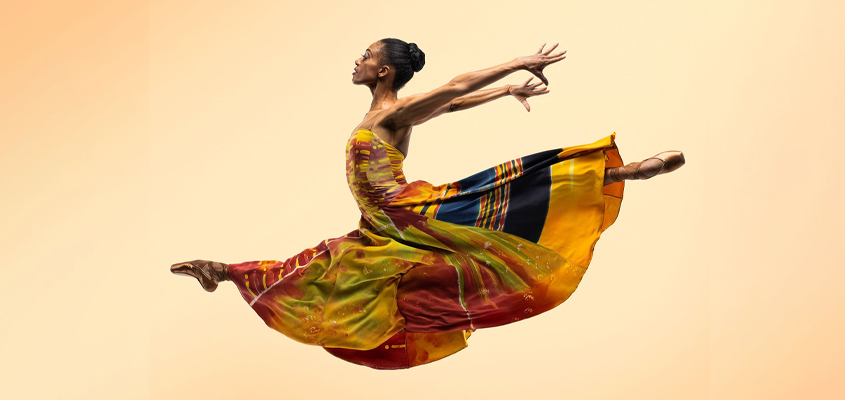
Katlyn Addison was born in Ontario, Canada and began her ballet training at the age of 10 at the Quinte Ballet School of Canada. She later trained at Pacific Northwest Ballet, Boston Ballet, and Houston Ballet Ben Stevenson Academy.
Addison started her professional career as a Corps de Ballet member of the Houston Ballet in 2007 and in 2008, where she received the Sarah Chapin Langham Award at Youth America Grand Prix. She joined Ballet West as a Corps de Ballet dancer in 2011 and was promoted through the years, attaining the role of First Soloist in 2018.
She performed as a guest artist in Principal and Soloist roles with the Scottish Ballet in 2019 and 2020. In 2021, Addison made history by becoming the first Black female Principal Artist at Ballet West in their 58-year history.
Addison was named one of the top “26 black female dancers you should know” by the Huffington Post in 2015 and has regularly been featured in Pointe and Dance Magazine.
Learn more about Katlyn Addison
LEGENDARY TWYSTED MIYAKE-MUGLER
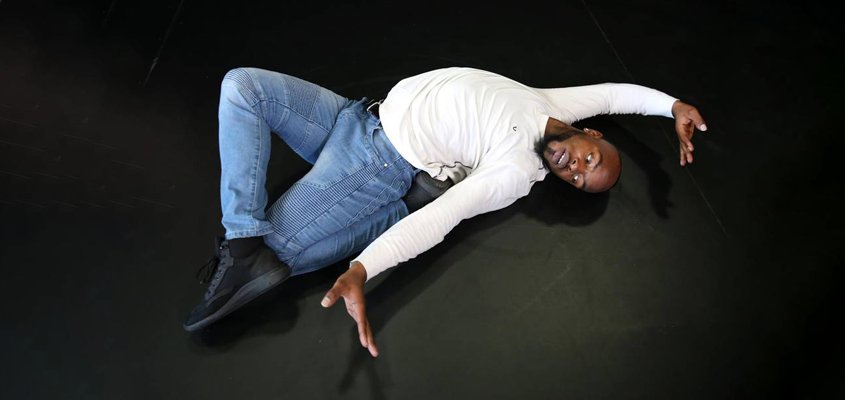
Twysted Miyake-Mugler is a house founder, house father, teacher, activist, advocate and emissary of Canadian ballroom. Founder of the Kiki House Of Siriano, and Canadian/Midwest Father of the Iconic New York-based House of Miyake-Mugler, he’s competed, walked, hosted and taught across North America throughout his voguing career stretching over a decade.
As a co-founder of the Toronto Kiki Ballroom Alliance, he works towards introducing youth to ballroom culture in safe space, alcohol-free environments, including workshop nights at the Art Gallery of Ontario, Montréal’s Never Apart and the University of Ottawa. He is also involved with the Black Coalition for AIDS Prevention, disseminating information and building networks amongst QPOC people. His presence in Toronto’s queer and Canadian ballroom scenes is foundational.
Learn more about Twysted Miyake-Mugler
LEGENDARY MOTHER VIXEN SANTA EVITA (IRVIN WASHINGTON)

For dancer and choreographer Irvin Washington, life and dance go hand in hand. Originally from Toronto, Canada, Washington has worked with some of the industry’s top acts. including Janelle Monáe, Anjulie, Destiny’s Child, and Toronto’s own Jully Black.
Washington is co-founder of the Toronto Kiki Ballroom Alliance, a grassroots organization that provides youth with opportunities to gain self-confidence through ballroom culture.
He’s served as a dancer and assistant choreographer on Season 1 of Canada’s Drag Race, and was also featured as a vogue performer in Fall For Dance North, one of the top international dance festivals.
Washington has toured internationally, performing for artists such as Black Eyed Peas, Alicia Keys, Eva Avila and more.
Learn more about Irvin Washington
Sources
It's About Time: Dancing Black in Canada, 1900 - 1970
Red Bull Guide to Toronto Ballroom Scene
CBC Arts: 8 Canadian vogue and ballroom stars you need to know
Toronto Kiki Ballroom Alliance
The Dance Current: Remembering Ola Skanks
Seika Boye: Ola Skanks - Delayed Recognition of a Dance Artist Ahead of Her Time
Royal Winnipeg Ballet: John Alleyne
Be sure to explore the other stops on the Black History Here & Now virtual tour to delve further into the experiences of Black Canadians in sport and physical activity.

